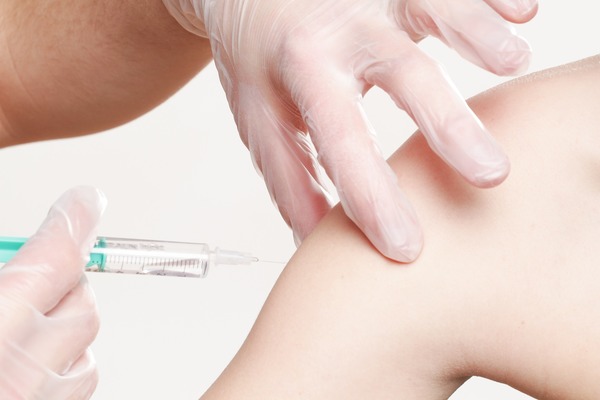By Casey Neill
Greater Dandenong is meeting and exceeding immunisation targets.
A measles case in Dandenong prompted health warnings on 20 February and put vaccination rates in the spotlight.
But at the Monday 26 February council meeting, Greater Dandenong Council community services director Martin Fidler said childhood vaccination rates in the municipality were trending upwards.
He said the rate for five year olds had increased from 89 per cent in 2013 to 92.13 last year.
“All our other age groups are actually at the state average or above,” he said.
“Immunisation is vital to the health and wellbeing of our community.
“When the majority of a community is immunised against disease, the risk of vulnerable infants to disease and of disease outbreak is reduced.”
Mr Fidler said the latest data from the Australian Immunisation Register showed childhood immunisation rates across the municipality were fairly consistent with the Victorian state average.
“The adolescent immunisation coverage rates for vaccines such as human papilloma virus, chicken pox and pertussis are amongst the highest in the region,” he said.
He said the coverage rate for one year olds increased three per cent in a year to match the Victorian coverage rate of 93 per cent.
In October last year, Deputy Chief Health Officer Dr Brett Sutton told the Journal that the increase in coverage in Greater Dandenong was a real success.
He said its high refugee and migrant population did provide a challenge.
“They have come from a country where their immunisation program may not even include things like mumps or rubella,” he said.
“They certainly don’t include meningococcal.”
Greater Dandenong Council provides the only Victorian school-based catch-up immunisation service in the state, at Noble Park English Language School, and vaccinates more than 300 refugee and asylum seeker children each year.
The council also provides a weekly immunisation catch-up service at Dandenong Civic Centre for refugee and asylum seeker children.
Dr Sutton said the aspirational coverage target was 95 per cent, which the state average reached earlier this year.
“We know that’s the heard level that’s protective for measles,” he said.
“If it’s protective for measles it’s protective for everything else because measles is the most contagious on the immunisation schedule.”







